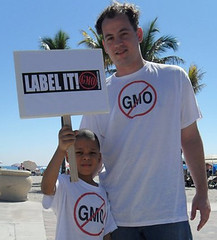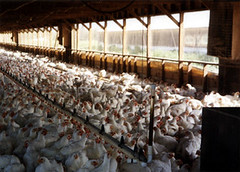Pretty soon, a new raw material is going to be used to fuel power stations. In a promising development for green energy, the East London town of Beckton will become the world’s largest power station run on cooking waste. In the proposed plan, ”Thirty tons a day of waste will be collected from leftover cooking oil supplies at eateries and manufacturers, fat traps in kitchens and pinchpoints in the sewers – enough to provide more than half the fuel the power plant will need to run.” The end result is that the plant will be able to produce 130 Gigawatt hours a year of renewable energy, enough to power 40,000 average-sized homes. In addition, the project has another benefit in that, if the energy goes unused, the output will be able to be used by other Londoners outside of Beckton. As stated by Andrew Mercer, the chief executive of Thames Water and Utility company “2OC” who will purchase energy from the new power plant, “Our renewable power and heat from waste oils and fats is fully sustainable. When Thames doesn’t need our output, it will be made available to the grid meaning that power will be sourced, generated and used in London by Londoners.”[1]
The Beckton plant will not be unique with respect to using oils as an input for power plants. In fact several power plants, including the Wärtsilä Oil Power Plant in Finland already utilize the technology and have had success with energy output. Several other benefits arise when using oil as the primary input for energy extraction:
- Fast start-up, less than 5 min from hot standby to full plant load
- High efficiency resulting in low generation costs
- Excellent long-term reliability[2]
Yet, it will be interesting to see what impact a power plant run entirely on cooking oils and fats will have on the environment. Much more refining will be needed in order to extract the pure biofuel and a powerplant of this kind is truly unique, despite sharing similarities with existing powerplants that run on oils. Nonetheless, it is refreshing to see that sustainable and socially conscious decisions are being made whose potential ramifications will affect millions of people. The thought of using cooking waste, which largely goes unused, being transformed into an energy source available to a growing population whose energy usage is outpacing supply, is exciting and will open the door for more projects with energy efficiency in mind. If successfully implemented, Beckton’s powerplant will truly question the way in which we fuel powerplants, and will show how we can transform trash into a pseudo green-conscious-treasure available to all.










